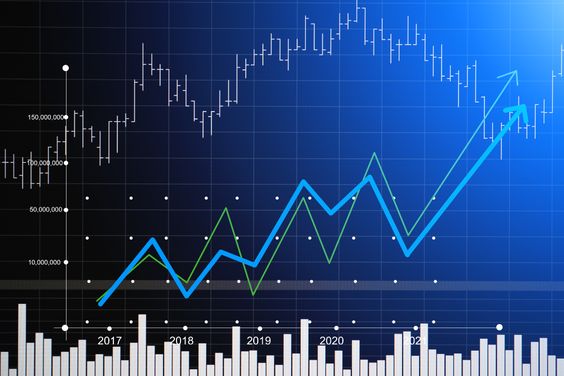
Introduction
A rally is a continuous rise in the prices of stocks, bonds and / or indices. This term is often used on commercial media platforms to describe a period of time when prices are constantly rising. A rally is also used to indicate upward fluctuations in the stock markets. The duration varies from start to finish. It is also relative to the time frame used during market analysis.
What is Rally in Finance?
A rally can take place for a number of reasons such as: market volatility and news reports. This is also due to a significant increase in demand due to a strong inflow of capital into the markets. Meetings can be short term or long term. The duration depends on the number of buyers and the associated selling pressure. For example, if there are a large number of buyers but fewer investors willing to sell, there is a possibility of a large rally.
Short-term meetings are usually based on events or reports about a company, such as: Due to the departure of a CEO or the appointment of a new CEO, this can affect the company’s supply and demand balance. Long-term rallies occur due to macro-financing and external factors such as changes in fiscal policy, company regulations and key interest rates.
The stock market is known for its volatility and constant fluctuations. Even experienced analysts cannot predict the direction of the market one hundred percent, as stock prices can fall sharply after a prolonged period of increase. The market can suddenly see a sharp surge in stock prices even after a long period of downtrend. A rally can take place in a bull or bear market, commonly referred to as a bull market rally or a bear market rally. This usually happens after a period of falling prices.
Bear market rally:
A bearish rally means an upward trend in market prices over time amid a large bear market rising between 10% and 20%. Prices can rise during a long-term downtrend. Bear market rallies are inherently strong; They start suddenly and last a short time.
Investing in the markets during a market rally requires a great deal of planning and strategy, including the nature of the investment, the risks, and the asset allocation. It is important to always consider the market situation before diving in, especially for investors who are particularly interested in equity funds. This type of investment can be greatly influenced by market instability. Instead of betting on a bull market rally, investors can be cautious. Gambling becomes riskier as small and mid-cap prices rise. In this case, investors can invest some of their money in large-cap equity funds to help keep portfolio performance up during a market rally.
